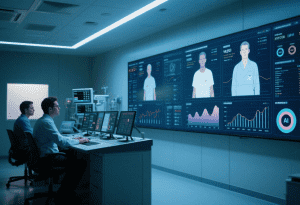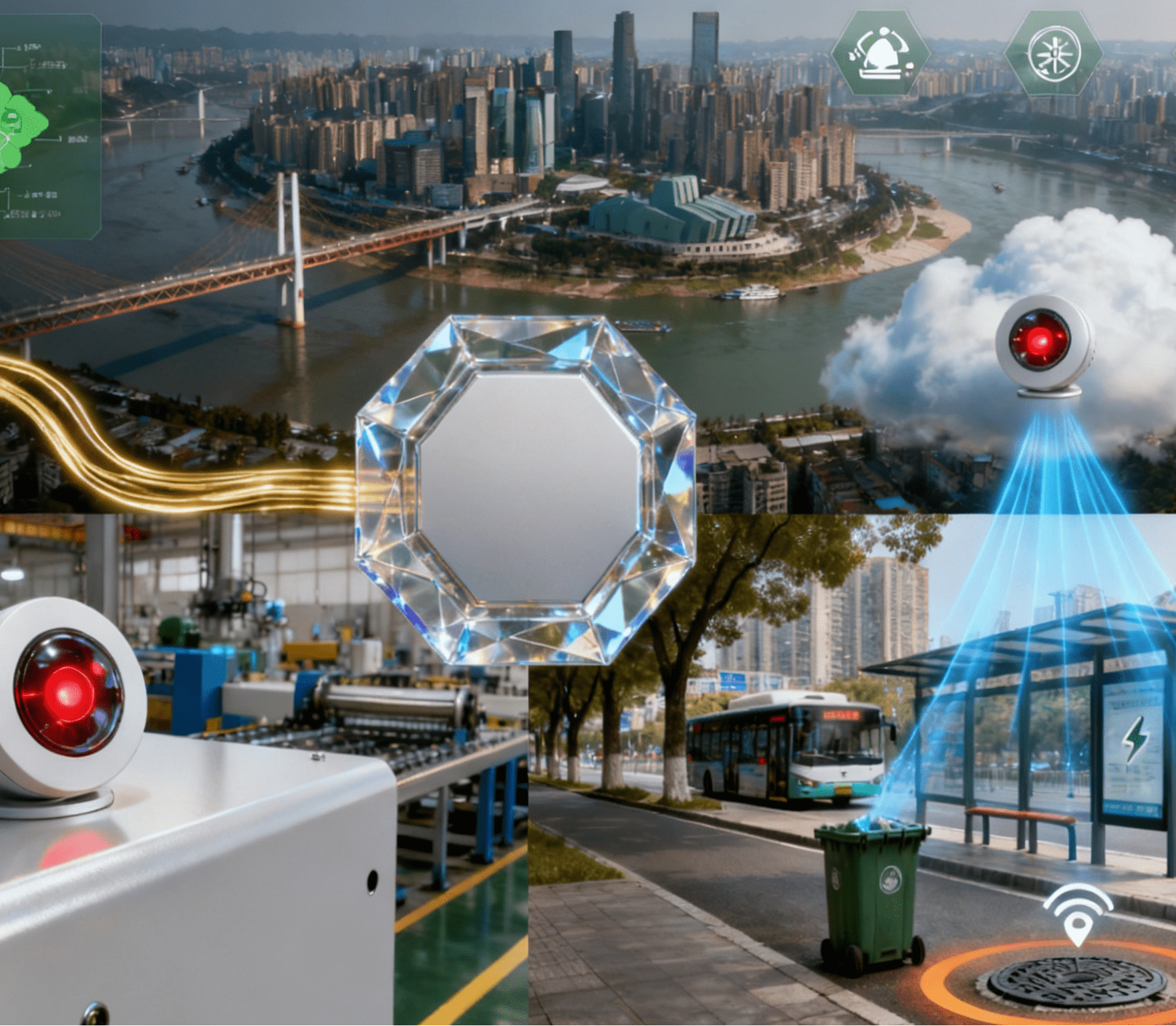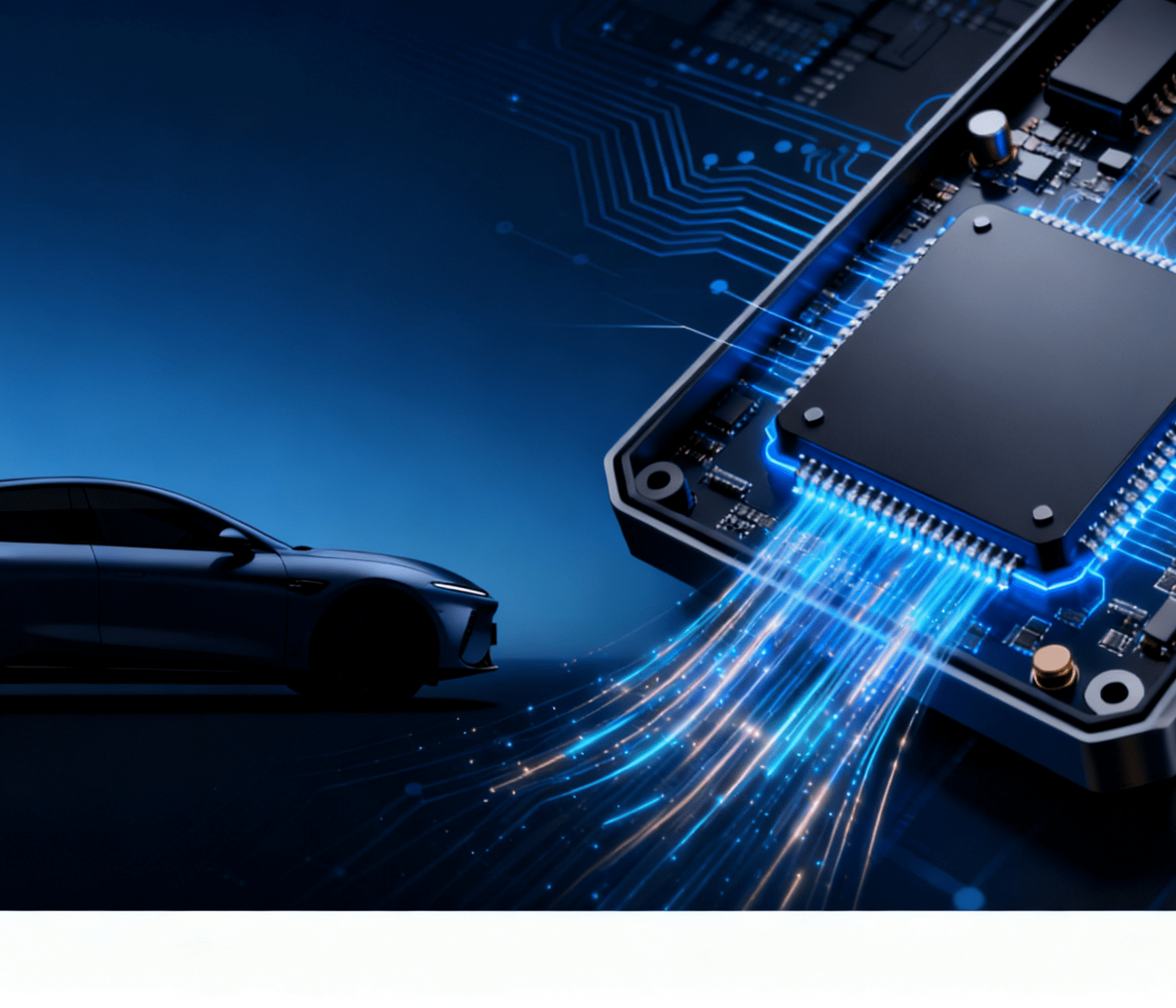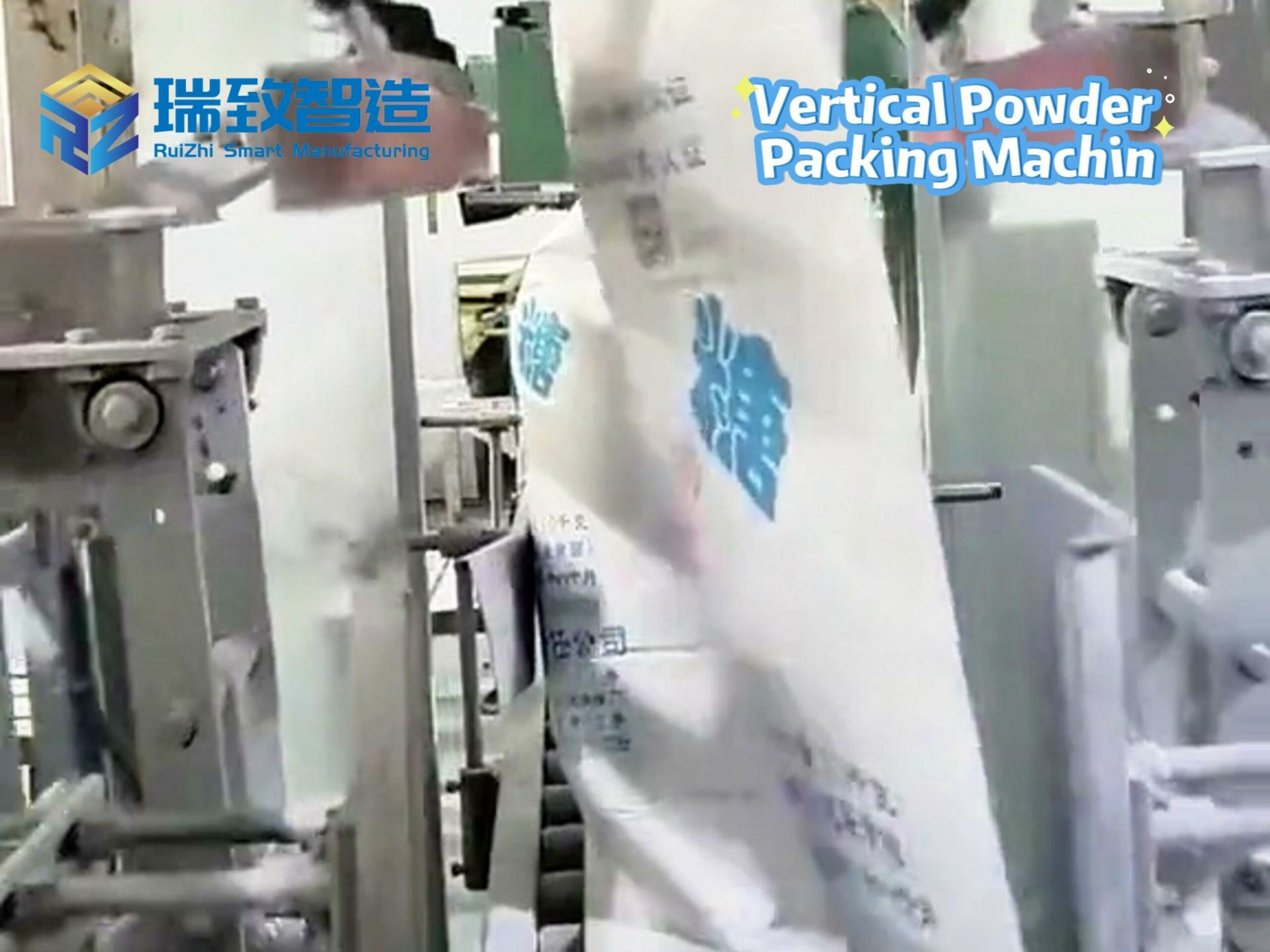Artificial Intelligence in Critical Care: Balancing Promise, Peril, and Human-Centric Innovation

In an era where intelligent automation and industrial automation are redefining efficiency across sectors—from manufacturing floors powered by automation equipment to supply chains optimized by machine learning—the healthcare industry stands at a crossroads. Nowhere is this more evident than in critical care, where artificial intelligence (AI) promises to transform how clinicians interpret data, predict patient deterioration, and deliver life-saving interventions. Yet, unlike industrial contexts where precision often prioritizes output over empathy, the ICU demands a delicate balance: AI must enhance human expertise without eroding the core of patient-centered care.
The Promise: AI as a Catalyst for Intelligent Automation in Healthcare
Critical care units (ICUs) are data-rich environments, generating vast streams of physiological data from monitors, lab results, and imaging devices. Here, intelligent automation via AI offers unprecedented opportunities: predictive analytics can detect early signs of sepsis or cardiac arrest by analyzing time-series data, while deep learning (DL) models refine diagnostic accuracy in complex imaging. For instance, systems like Trace use machine learning to predict sepsis risks up to 10 hours in advance, enabling proactive interventions that align with the rapid pace of ICU workflows.
AI also addresses the cognitive overload on clinicians. Natural language processing (NLP) sifts through unstructured medical records to surface actionable insights, while clinical decision support systems (CDSS) automate routine tasks like drafting disclosures or optimizing ventilator settings. These tools mirror the efficiency gains seen in industrial automation, where repetitive tasks are delegated to machines, freeing human experts for higher-value roles. As Keio University’s AI-powered monitoring system demonstrates, even emergency transfers in disaster scenarios can be enhanced through computer vision–based vital sign estimation, blending automation equipment principles with medical urgency.
The Peril: Navigating Ethical, Technical, and Human Challenges
Yet, the integration of AI in critical care is fraught with risks. Unlike automation equipment in factories, where errors may affect product quality, AI missteps in ICUs can directly impact patient safety. The “black box” nature of many algorithms—their lack of interpretability—undermines clinician trust, a critical factor in time-sensitive decisions. For example, when AI-driven alert systems produce false positives, they risk exacerbating “alarm fatigue,” a known hazard in ICU environments.
Data biases pose another threat. If trained on homogeneous datasets, AI models may disproportionately fail underrepresented populations, perpetuating healthcare disparities. Additionally, legacy hospital systems often lack interoperability, rendering high-resolution data fragmented and inaccessible—a hurdle akin to outdated industrial automation systems struggling to integrate with modern IoT networks. As the WHO and FDA have emphasized, rigorous validation, transparent governance, and interdisciplinary collaboration are non-negotiable for ethical AI deployment.
The Path Forward: Human-Centric AI as a Complement, Not a Replacement
The future of AI in critical care lies in recognizing its role as a complement to human judgment, not a substitute. Clinicians must remain the “final decision-makers,” with AI serving as a tool to augment their expertise. This requires designing AI systems with intelligent automation principles that prioritize transparency: explainable AI (XAI) frameworks, for instance, can demystify algorithmic recommendations, while co-design processes involving nurses and physicians ensure tools align with workflow realities.
Case studies highlight this balance. In Japan, AI-powered virtual reality simulations are enhancing critical care training, allowing clinicians to practice scenarios guided by AI tutors—an example of automation equipment adapted for skill development, not task replacement. Similarly, the integration of real-time CDSS that adapt to individual patient dynamics, while preserving clinician oversight, demonstrates how AI can streamline workflows without compromising empathy.
Conclusion: Preserving Humanity in the Age of Intelligent Automation
As AI evolves from experimental to essential in critical care, its success will hinge on one question: How do we leverage technology while preserving the human touch? Unlike industrial automation, where efficiency is the sole metric, healthcare must measure success by patient outcomes and emotional well-being. This requires investing in AI that strengthens nurse-patient relationships, not replaces them; that optimizes data processing without overwhelming clinicians; and that adheres to ethical standards as rigorously as it adheres to technical ones.
In the end, the promise of AI in critical care is not to replace human intuition but to amplify it. By embracing intelligent automation as a collaborative partner—grounded in transparency, validated by clinical trials, and guided by patient-centered design—AI can transform ICUs into spaces where technology and humanity work in tandem, ensuring that every innovation serves the ultimate goal: saving lives with compassion and precision.




















